I love this quote by Katie Wood Ray (2002). More and more it is how I approach each and every writing unit with my students.
My love of writing stems from my greater love of reading... and in my heart, the two are tied very closely together. It makes so much sense to me to take our most beloved classroom books and authors and use them to teach writing.
When my students giggle during a funny story, suck their breath in during a shocker, or even cry during a sad one....we stop and talk about how that author got us to do that.
We pause and talk about the intentionally precise words Kate DiCamillo used in Because of Winn Dixie, or the brilliant metaphors Karen Hesse used in Come On, Rain!, or the way Julie Brinkloe made us feel happy and sad at the same time in her book Fireflies!
They read and re-read these mentor texts again and again, finding new things each time. My students are learning to read like writers.
I set the stage for each writing unit by dedicating up to five whole days to IMMERSION, which is the process of introducing your students to a writing genre by having them read and discuss several examples of the text type and discuss what they notice. They ask questions....What is a (narrative, informational, opinion) text like? What structure is used and what elements of good writing? They look at their favorite books through a different lens....that of a writer. Throughout this phase, they are "trying it out" in their writer's notebooks and we are charting like crazy, as we "notice" different things that we may want to try in our own writing.
This immersion phase has been a game changer for my students and I. We are able to hit the ground running when we start the lesson phase of the unit because students have gotten their feet wet and have a really good feel for what they want to accomplish as writers.
Here are some tips to help you through the immersion phase with your students....
1. Choose great books and authors. These can be books your students already know and love or new ones that you have selected especially for your writing unit. It is important that you give your students the opportunity to read the book for enjoyment....to experience it as a reader first.
Here are some books that we used this year for our different units:
NARRATIVE
INFORMATIONAL
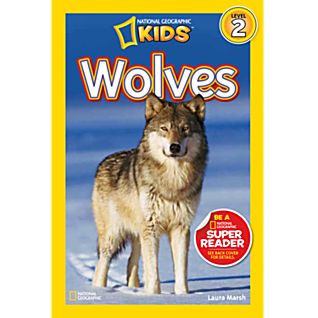
PERSUASIVE ESSAY

(There's a whole series of these for grades 1-6 by Capstone Press)
Those are just a few of our favorites...but I am sure some great choices are right at your fingertips in your very own classroom library...go for the ones your students already LOVE.
2. Put the text right into the hands of your students. It is probably unlikely that you have enough copies for all of your students. So, a great idea is to type out the text of those books you plan to use as mentors. I am 90% sure that this is perfectly legal to do if you OWN at least one copy of the book and have shared it with your students. Typing it up allows your students to each have their own copy that they can highlight and mark up and keep in their writing folders. This has worked really great for my students....they get so excited when they can pull out their own copy of the text to find an idea they want to try out! The other great thing about having a typed up version is that students can see that a great story doesn't have to be that long. When you take a picture book and type it up....it is much shorter than your students thought...and well...seems do-able!
3. Make Charts! As your students begin to notice things during the immersion phase, chart their ideas. You can do this in a few ways. At first, our class loved just brainstorming our noticings in a long list. Later we got more complex and used a NOTICE/NAME/WHY chart: Notice (duh...what we noticed), Name (what's the name of the writing technique...for example, metaphor), and Why (why did the author use it in their story). We started the year by charting everything as a whole class...then later this year, students began writing out their own charts, which culminated in to class charts.
Another type of chart to create during your immersion lessons are topic charts. Your mentor texts are great springboards for helping your students to think of their own writing topics.
Here are some of our class immersion charts.
Here is an example of a chart that one of my students created recently (during our second go-around with personal narrative writing).
You can download a copy of this chart HERE!
I hope you will dive in head first and start using mentor texts with your students during writer's workshop! Here are two great books that I highly recommend to help you get started:

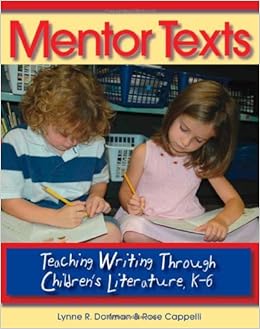
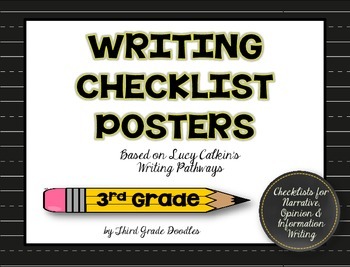
You can download a copy of this chart HERE!
I hope you will dive in head first and start using mentor texts with your students during writer's workshop! Here are two great books that I highly recommend to help you get started:


For more writing resources, check out my TPT store:























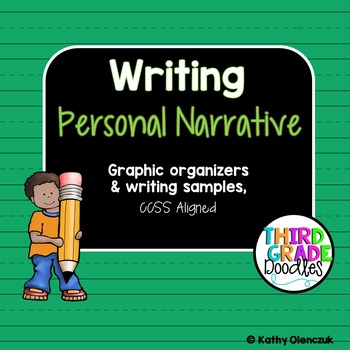

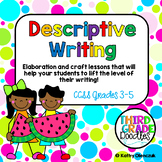
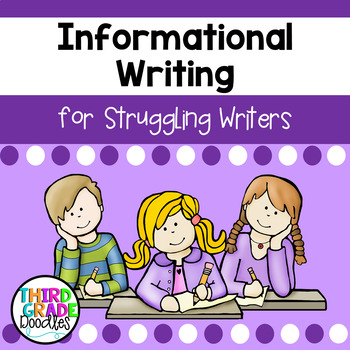















No comments
Note: Only a member of this blog may post a comment.